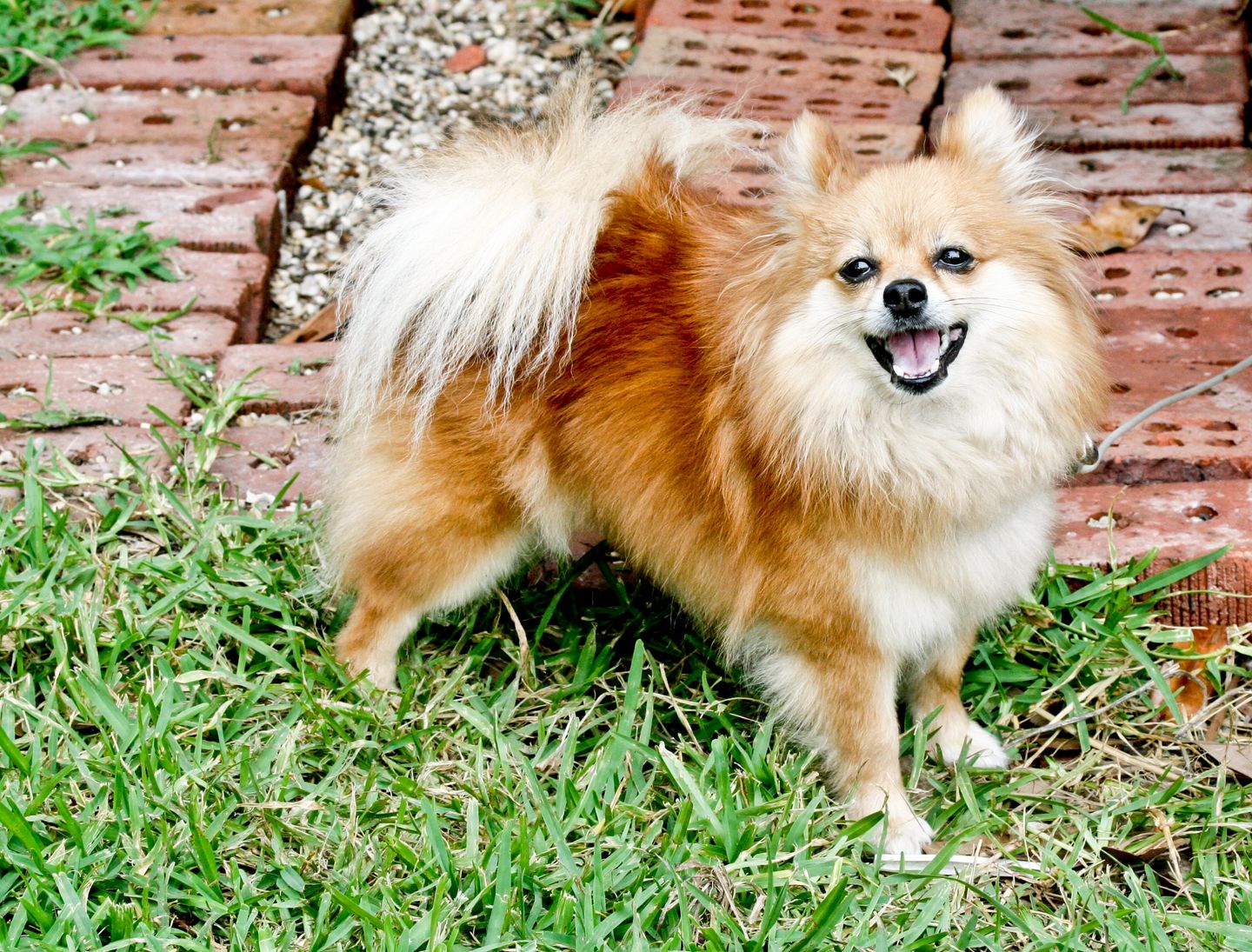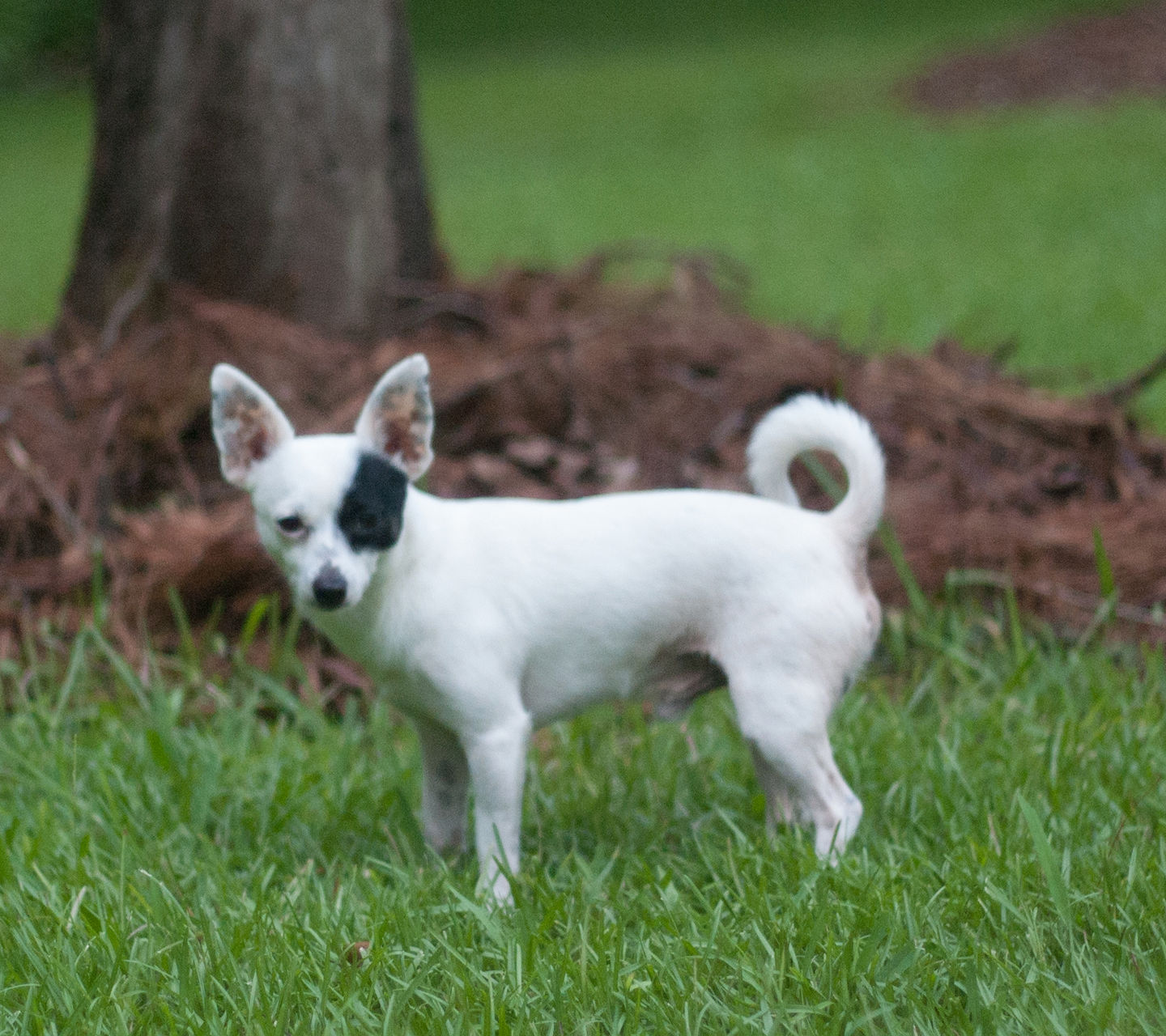Luxating Patella: What you KNEED to Know!

Your dog is running across the yard to fetch his favorite ball, but suddenly pulls up lame. Without warning, he begins to hop around on three legs. After a few minutes, he finally drops his injured leg back down and begins walking normally. Does this sound familiar? If so, your dog probably suffers from a condition known as luxating patella. It is a condition I see a lot in my practice. The question is, what is it, what breeds suffer the most from it, and how can we treat it?
What is luxating patella?
To explain luxating patella, we need to understand the anatomy of the knee. The knee is a joint where the thigh bone (femur) and shin bone (tibia) come together. In the middle of where these bones connect is a deep groove. This groove contains the knee cap. When the knee is working properly, the knee cap will slide up and down this groove like (insert analogy). Sometimes this groove isn’t as deep as it needs to be. When this occurs, like in luxating patella, the knee cap can slide out. When the knee cap slides out, a dog will experience pain and will appear injured until the knee cap makes its way back into the groove. In summation, luxating patella is a condition where the knee cap ends up in an irregular position because of an abnormality in the knee joint.
What breeds are affected?

The causes of this condition can be congenital, genetic, or traumatic. Many small breeds suffer from luxating patella. This includes: toy poodles, Maltese, Jack Russell Terriers, Yorkshire Terriers, Pomeranians, Pekingese, Chihuahuas, Cavalier King Charles Spaniels, Papillons and Boston Terriers. In addition, certain large breeds are predisposed. This includes: Labrador Retrievers, Golden Retrievers, Akitas, Malamutes, Boxers, Huskies, and St. Bernards. Apart from a relationship with certain breeds, if a dog has no angulation of the hock, then it can also contribute to luxating patella.
What can be done?

Traditional methods of treatment include surgery, bracing, and medication. A less known conservative treatment is animal chiropractic. An animal chiropractor is trained to locate joints that are in an abnormal position. This includes the joints of the spine, knee, hips, and more. When an abnormality is present, an animal chiropractor guides the joint back to normal by utilizing a very gentle adjustment. With respect to luxating patella, a certified animal chiropractor can determine whether a knee is in an abnormal position. If it is, they will correct the misalignment which in turn optimizes knee biomechanics. This should help relieve a pet of pain, as well as help the joints above and below like the hips and the hock (ankle).
Seeing a pet struggle is difficult for an owner – especially when they are afflicted with a condition like luxating patella that pops up out of nowhere. The good news? There are certain conservative treatments like animal chiropractic that can help stabilize the knee joint. When the knee is sturdy, it can help reduce the severity and frequency of this troublesome condition. I certainly recommend locating a certified veterinarian or chiropractor near you for help with this condition!

